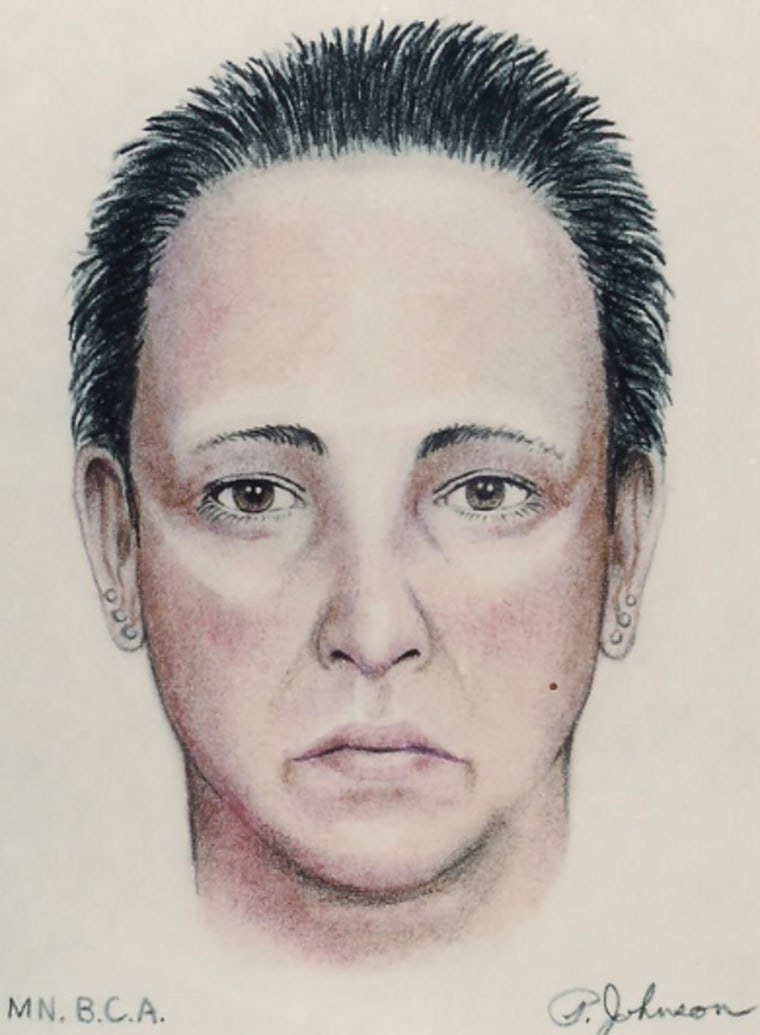Decades-Old Mystery: New DNA Tech Offers Hope in Identifying 'Bone Lake Jane Doe'

For over three decades, the identity of a woman found deceased in Bone Lake, Minnesota, has remained a haunting mystery. Now, authorities are turning to cutting-edge DNA technology in a renewed effort to finally give her a name and bring closure to a cold case that has gripped the community for years. This is the story of 'Bone Lake Jane Doe' and the glimmer of hope that new forensic advancements may provide.
The tragic discovery began on June 12, 1993, when a woman’s head was discovered floating in the waters of Bone Lake in Scandia, Minnesota. The grim find sent shockwaves through the small town. The following day, further evidence surfaced – a foot was located along the banks of the Mississippi River, not far from the lake. These fragmented remains belonged to the same individual, confirming a devastating loss and initiating a complex investigation.
Despite exhaustive efforts by law enforcement at the time, the woman's identity remained elusive. Traditional methods of identification, including fingerprints and dental records, yielded no matches. The case quickly turned cold, becoming a stark reminder of the unsolved mysteries that can linger for decades. The lack of identification has prevented investigators from understanding the victim's life, how she ended up in Bone Lake, and ultimately, who might be responsible for her death.
However, advancements in DNA technology are now offering a renewed sense of optimism. The Minnesota Bureau of Criminal Apprehension (BCA) is utilizing forensic genetic genealogy – a technique that analyzes DNA from crime scenes and compares it to publicly available genetic profiles on genealogy websites. This process can identify potential relatives of the unidentified individual, providing crucial leads for investigators to pursue.
“This technology has revolutionized cold case investigations across the country,” explains BCA spokesperson John Keller. “By leveraging the power of genetic genealogy, we can potentially uncover family connections that were previously impossible to find. It’s a significant step forward in our efforts to identify 'Bone Lake Jane Doe' and bring justice to her memory.”
The process involves extracting DNA from the recovered remains, creating a genetic profile, and uploading it to specialized databases. Genealogy experts then work to build out a family tree, tracing potential relatives and narrowing down the search. Once potential relatives are identified, investigators can gather more information through traditional investigative methods, such as interviews and DNA comparisons with family members.
The case of 'Bone Lake Jane Doe' is a poignant example of the enduring power of hope and the transformative potential of scientific innovation. While the years have passed, authorities remain steadfast in their commitment to uncovering the truth and providing answers to the questions that have lingered for far too long. The application of new DNA technology represents a crucial turning point, offering a renewed opportunity to finally identify this woman and bring closure to this decades-old mystery. Anyone with information related to this case is urged to contact the Minnesota Bureau of Criminal Apprehension.





